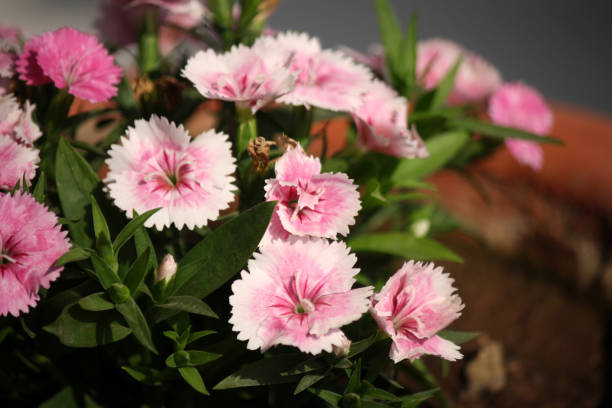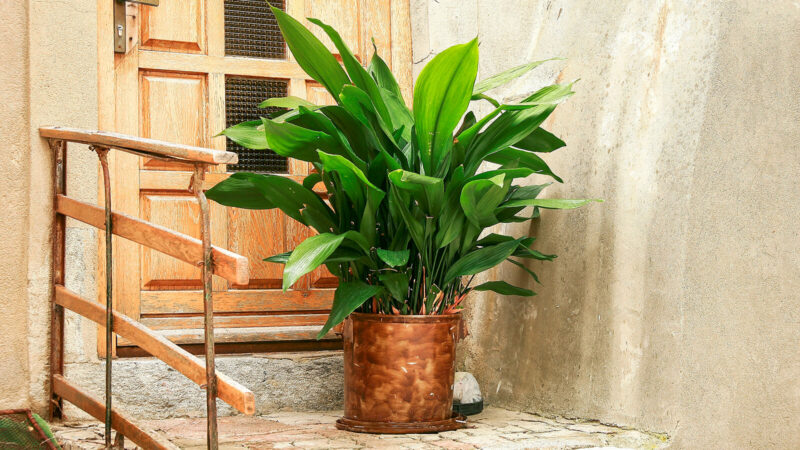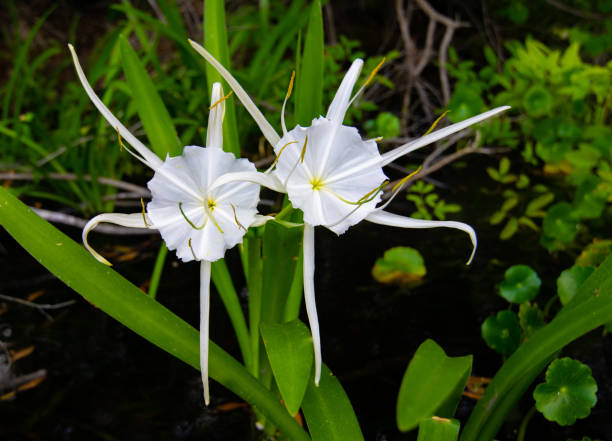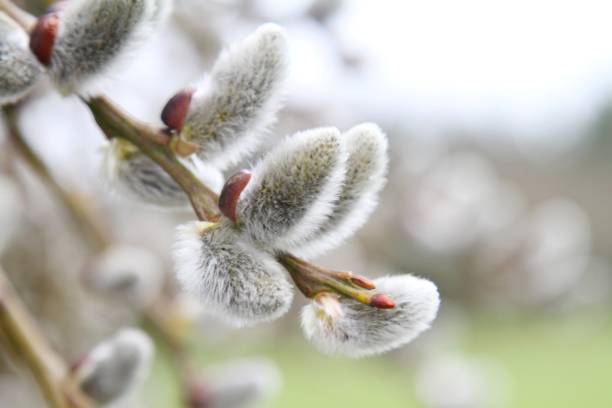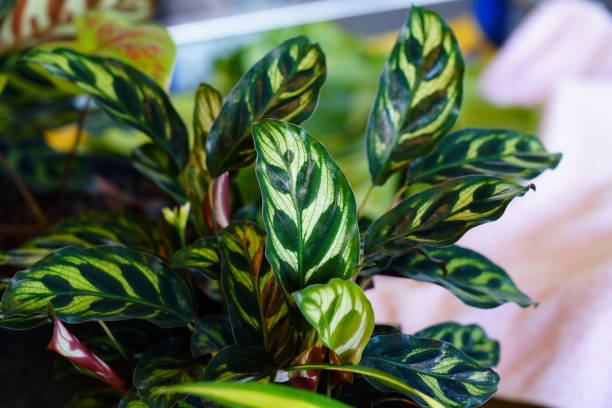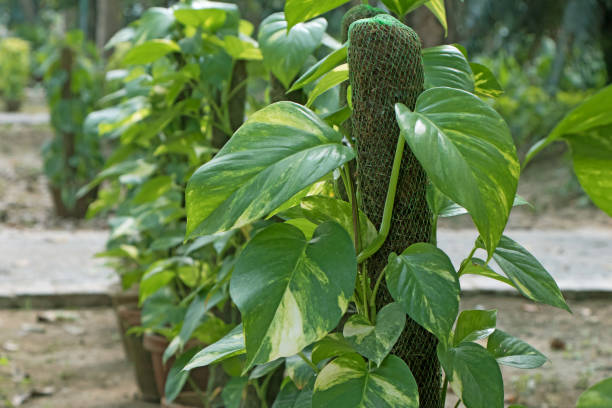All You Need to Know About Rubber Tree – Tips to Grow and Care for this Indoor Plant
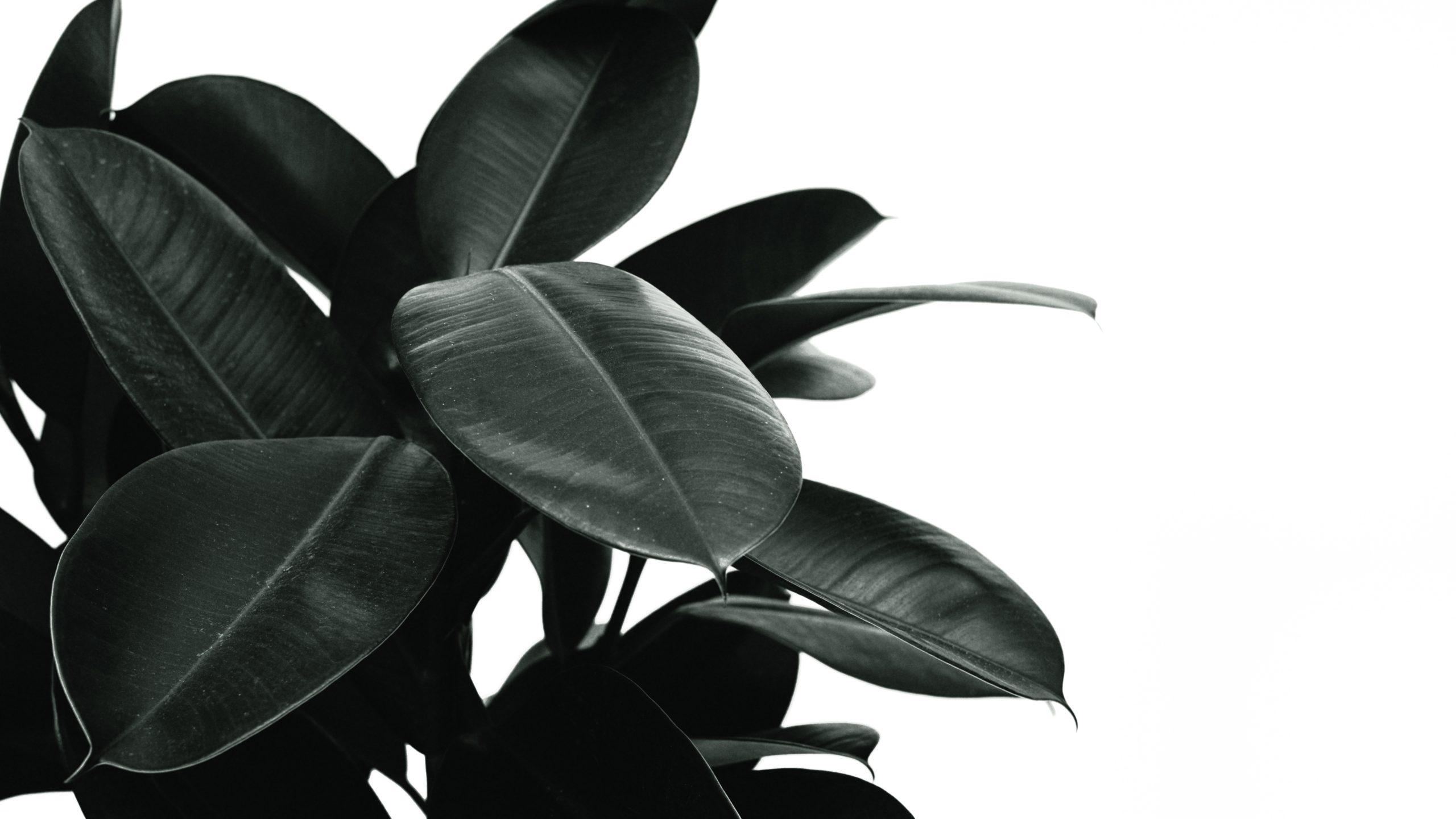
If you are looking for an unusual-looking indoor plant, nothing could be better than a rubber plant. It is an easy-care indoor tree with glossy and large leaves. Here is an article with tips to grow and care for rubber trees.
The rubber plant is also known as Ficus elastica and is native to Southeast Asia. Other popular names of rubber plants include rubber fig, rubber tree, Indian rubber tree, and India rubber bush. It is a beautiful looking plant with an exotic name and soft and huge leaves.
The plant can grow around 50-100 feet with a canopy of foot-long, oval, and draping leaves.
Like other ficus plants, this plant also has hanging roots, and it develops flanged trunks over time. It is an excellent plant to keep at home as it beautifully thrives with regular watering, indirect sunlight, warmth, and fertilizer.
Rubber Tree Profile
Rubber plants are actually tree-like plants popularly known for their beautiful leaves and great height. It is one of the popular indoor house plants.
These plants come in a wide range of colors and varieties, which makes them perfect to complement your home decor theme.
- Common Name – Rubber Plant
- Botanical Name – Ficus Elastica
- Native Area – Easter Parts of South Asia and Southeast Asia
- Genus – Ficus
- Species – Ficus elastica
- Mature SIze – 50-100 feet
- Sunlight – Bright indirect light
- Watering – Varies according to season
- Humidity – Normal room humidity
Varieties of Rubber Plant
There are various varieties of rubber plants, and the common one is the Decora cultivar. It is one of the most familiar rubber trees with slight bronze or reddish cast present undersides to the glossy green leaves. Other varieties include F. Elastica Robusta, F. Elastica Black Prince, F. Elastica Burgundy, and F. Elastica Decora. F. Elastica Burgundy is a burgundy rubber plant which looks amazing and attractive.
Rubber Plant Growing and Caring Tips
Rubber plants are not difficult; you can successfully grow them by balancing the right environment. It means that you need to provide them with bright indirect light, moist soil, and sufficient fertilizer in order to keep them healthy and encourage them to grow faster.
Like other ficus, rubber trees are not good with cool drafts. When they become unhealthy, they become leggy; leaves turn yellow and brown, and then they start dropping off.
The plant looks best with healthy green foliage. So if the leaves start turning yellow, it means the plant is becoming unhealthy. In case the leaves start falling, it means the light levels are high.
Rubber trees are vulnerable to various pests, including mealy, mites, whitefly, scale, aphids, and bugs. In the case of infestation, treat the tree with the least toxic options.
Growing Conditions
Rubber trees grow in filtered and bright light but can also tolerate morning sunlight. If they do not receive enough light, they become leggy, start losing leaves, the color of leaves becomes dull instead of vibrant and glossy.
Make sure to water the rubber plants frequently. You need to keep them moist but not wet. It would be better to use well-draining potting soil. Make sure to feed liquid fertilizer to the plant once a week throughout the growing season.
Within years, the plant can grow to impressive heights if you put them outside during summer. If you want to manage a small height of the plant, keep them in pots to restrict the growth.
Soil
Rubber plants hate sitting in water, so it would be better to use well-draining soil. We suggest you use well-aerated and well-draining soil. It would be better to make a mix by mixing one part peat, one part coarse sand, and one part pine bark.
Light Requirements
Bright light is perfect for rubber plants and does not like direct sunlight. It would be better to shield them using a sheer curtain. If the leaves become leggy, lose their luster, and start falling off, then it means that your plant needs more light.
Watering and Fertilizing
The water needs of rubber plants vary according to the season. During the growing season (summer), it is better to keep the plant moist. Wipe the leaves using a damp cloth or even mist them. In the dormant season, it would be enough to water them once or twice a month.
Pay attention to droopy leaves. If the leaves are droopy, it means the plant needs more water. If the leaves start turning yellow and brown, it means you are overwatering.
Keep the plant moist during any season when the air is too dry or heated. Another good idea to use lukewarm water. Take water from the tap and allow it to settle to room temperature. It will allow the chlorine to evaporate. Moreover, it will also reduce the shock caused by cold water.
You need to fertilize the rubber plant during growth season. It would be better to feed liquid-fertilizer to the plant for better growth.
Propagation
You can propagate rubber plants from leaf-tip cutting. However, the rubber plant propagation is not easy. It would be better to purchase a potted plant.
If you are planning to use cutting, it would be better to use the rooting hormone. Moreover, you need to be vigilant about the plenty of warmth and humidity. Do not get discouraged if the plant does not propagate. The process of propagating the plant needs some time.
You can propagate the plant by allowing the sap to dry, putting a heating pad under the pot with a cut in it, and dipping the cut in a rooting medium. It will increase your chances of success.
Another popular method is air layering. In this, you cut a healthy rubber tree, then place a toothpick in it. After this, pack damp moss all around the cut. Now, wrap it using a plastic wrap to manage higher moisture levels.
Repotting
Rubber trees can grow quickly if they are provided with the right conditions. You need to repot them every year until it reaches a particular height. It could be difficult to repot the larger plants. Therefore, if you are unable to move the container, remove a few inches of potting media and then place some new potting soil.
It would be better to fertilize the indoor plants lightly. It will help to avoid stretching and will also keep the plants from becoming root-bound.
Pruning
Apart from removing dying and dead leaves, rubber plants do not need much pruning. For the purpose of shaping, do not cut off the top of the plant until it reaches a certain height. When you cut off the top part of the plant, it will branch out.
You can cut back the unruly branches in order to bring the plant in the desired shape. It would be best to prune in summer or spring. Pruning in this season is a must. In addition to this, make sure to repot the plant as they will not grow without repotting.
Pests
Like other house plants, rubber plants are susceptible to mealy bugs, scale, spider mites, and other insects. Always make sure to keep an eye on your plant. Take action as soon as you identify the problem. If you catch the bugs early, you can remove them by wiping with warm soap and water solution. You can also use insecticidal soap.
Problems
Rubber plants need balance in all the forms. They can easily become unhappy if you do not pay proper attention to them. The best way to keep your plant happy and to grow is to pay attention to the light it is getting, the moisture present in its soil, and the overall surrounding temperature.
Rubber plants can easily get problems that are related to overwatering. Make sure to make the soil dry out in between the waterings. Avoid drowning in the plant.
Rubber Plant Care and Facts
Below mentioned are some of the facts that you should know if you are planning to have a rubber plant.
- If the roots of the plants are dried up at the base of the trunk, then you do not have to worry about it. They are aerial roots, and it is the natural way for this plant to grow.
- As a result of over-fertilization, the salt burn can appear on the tips and edges of the leaves over time. Make sure to keep the salt burn away from the face. Always wear a mask and gloves while handling the plant.
- The large leaves can dry fast. Make sure to do proper cleaning of the plant using a slightly moist cloth.
Final Words
If you have enough space and natural light to grow rubber plants, then this one is a perfect choice for you. It is easy to take care of the rubber plant if you keep an eye on it and meet its need for balance. Rubber plants look amazing and are worth care for. So what are you waiting for? Get a rubber plant in your house and add a green touch to your interior.

